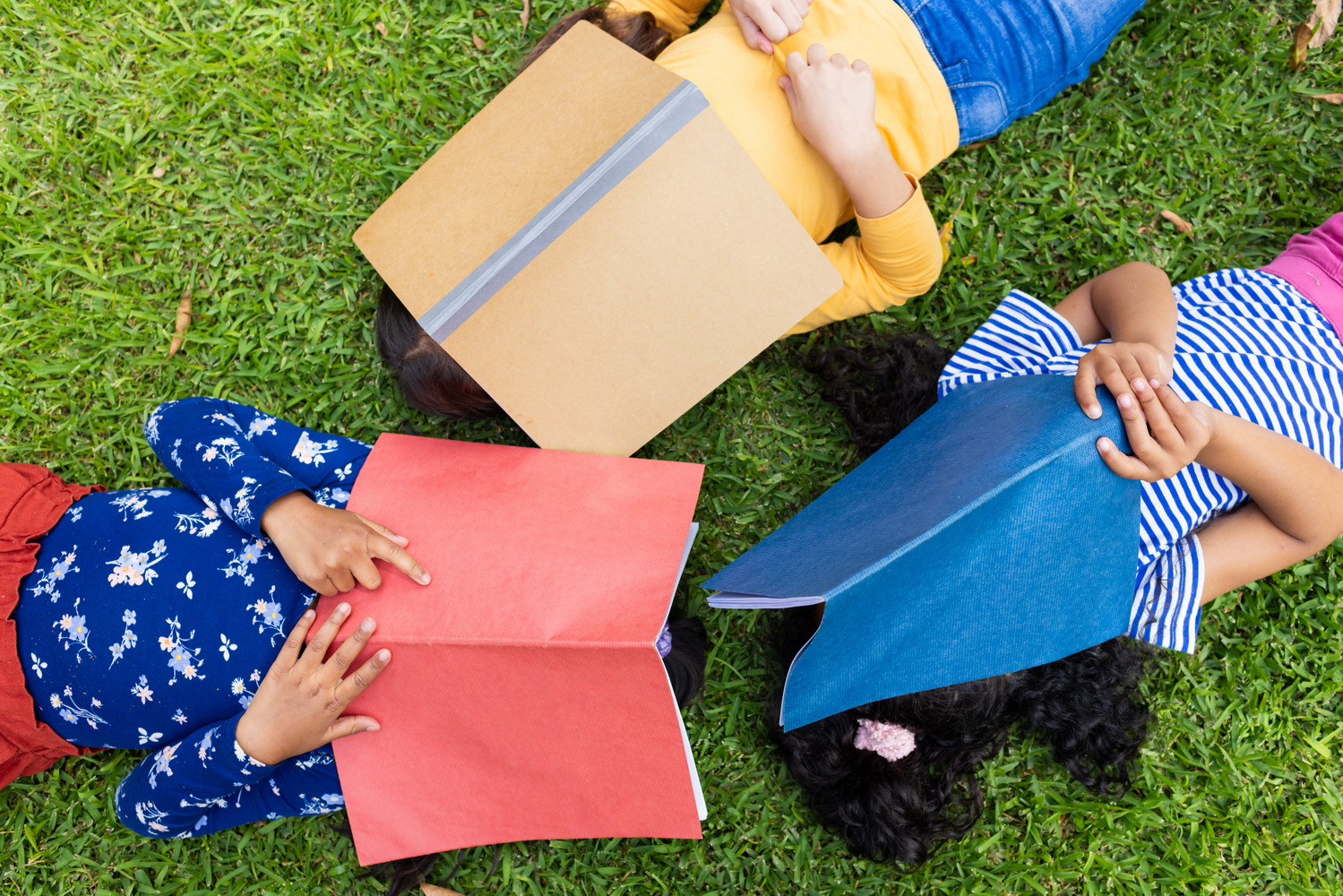Understand patterns Math Worksheets
6 filtered results
-
From - To
Discover the joy of learning with our engaging "Understand Patterns Math Worksheets" - an essential resource from Kids Academy. These worksheets are meticulously designed to help young learners recognize and create patterns using shapes, colors, and numbers. Through fun and interactive exercises, children enhance their critical thinking, problem-solving, and foundational math skills. Ideal for preschool and early elementary students, our printable materials offer diverse, hands-on activities to captivate and challenge young minds. Foster a love for math in your child with our comprehensive collection of pattern recognition exercises, and set the stage for their future academic success.
Understanding patterns in math is crucial for young learners because it lays the foundation for more advanced mathematical concepts and critical thinking skills. Parents and teachers should care about teaching patterns because they help children recognize and predict recurring sequences in numbers, shapes, and data, which builds a fundamental skill set for higher-order mathematics.
Patterns encourage logical thinking and problem-solving. When children identify and work with patterns, they learn to make logical connections and develop an analytical mindset, which is essential in subjects like algebra, geometry, and even coding. Recognizing patterns also sharpens their ability to forecast and make educated guesses, skills that are beneficial in everyday decision-making and scientific reasoning.
Furthermore, mastering patterns boosts confidence. As children find regularity in patterns and succeed in predicting what comes next, their self-esteem grows. This positive reinforcement can motivate them to tackle more challenging mathematical concepts with enthusiasm.
Finally, understanding patterns is not limited to math alone. It overlaps with literacy, as recognizing sequences can help with understanding rhythms in reading and storytelling. Overall, supporting children's ability to understand patterns equips them with critical lifelong skills that extend beyond the classroom, contributing to their overall cognitive development and academic success.
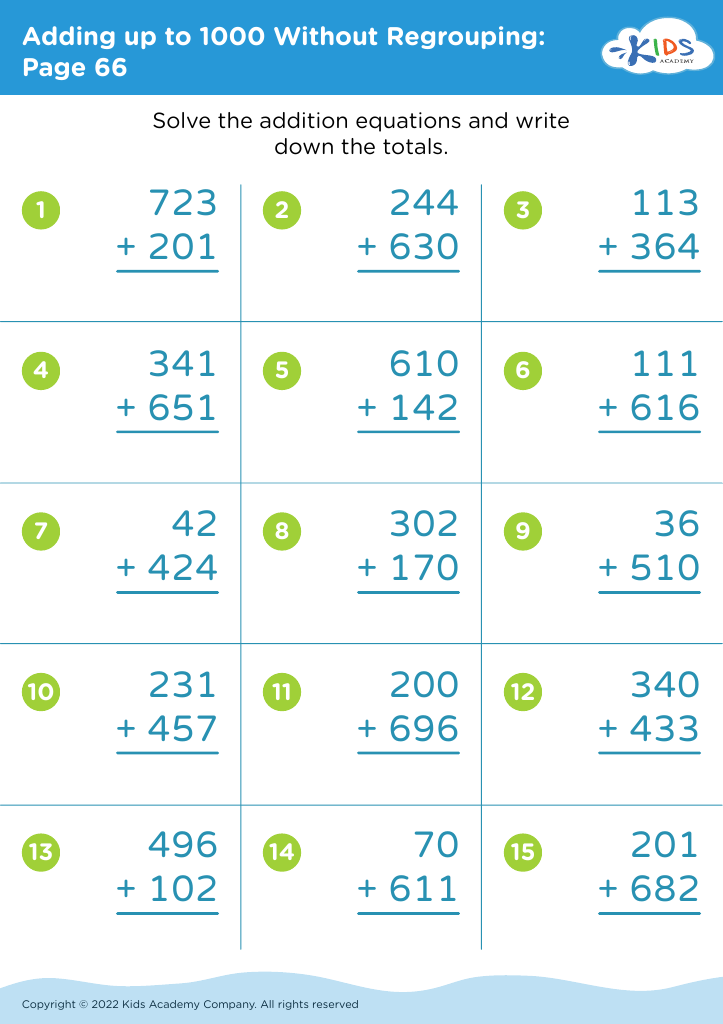

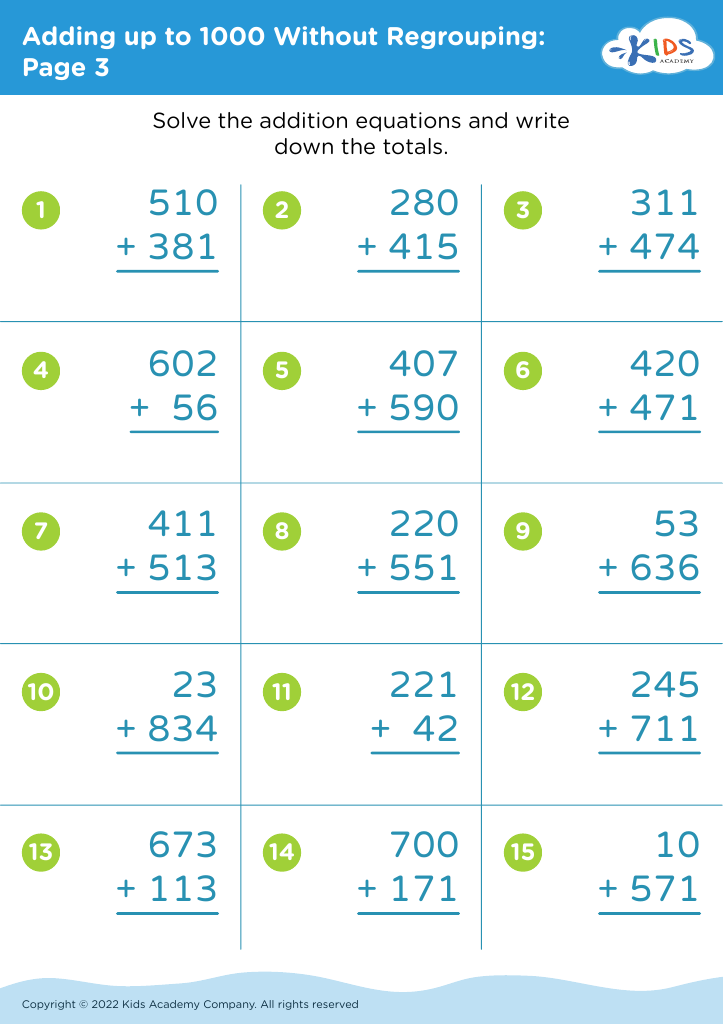
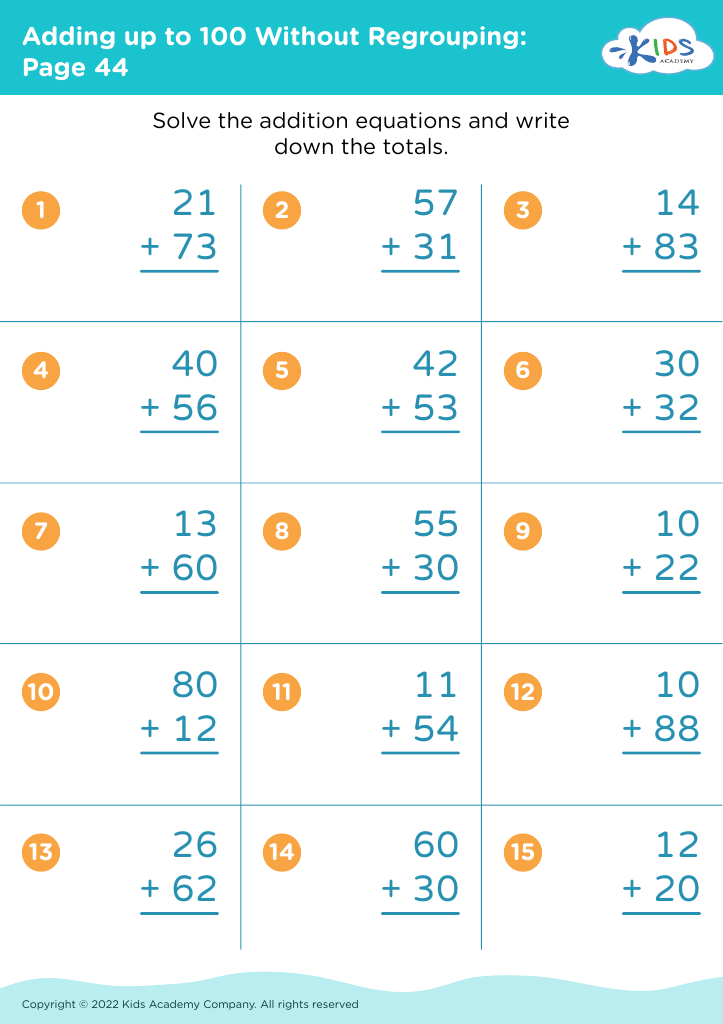
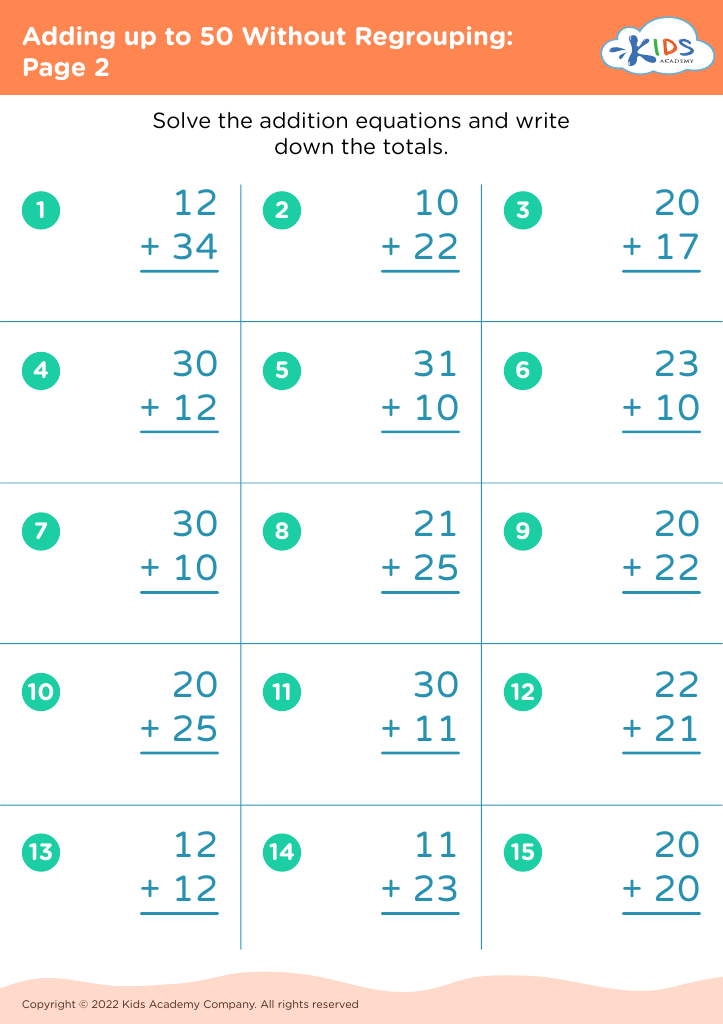
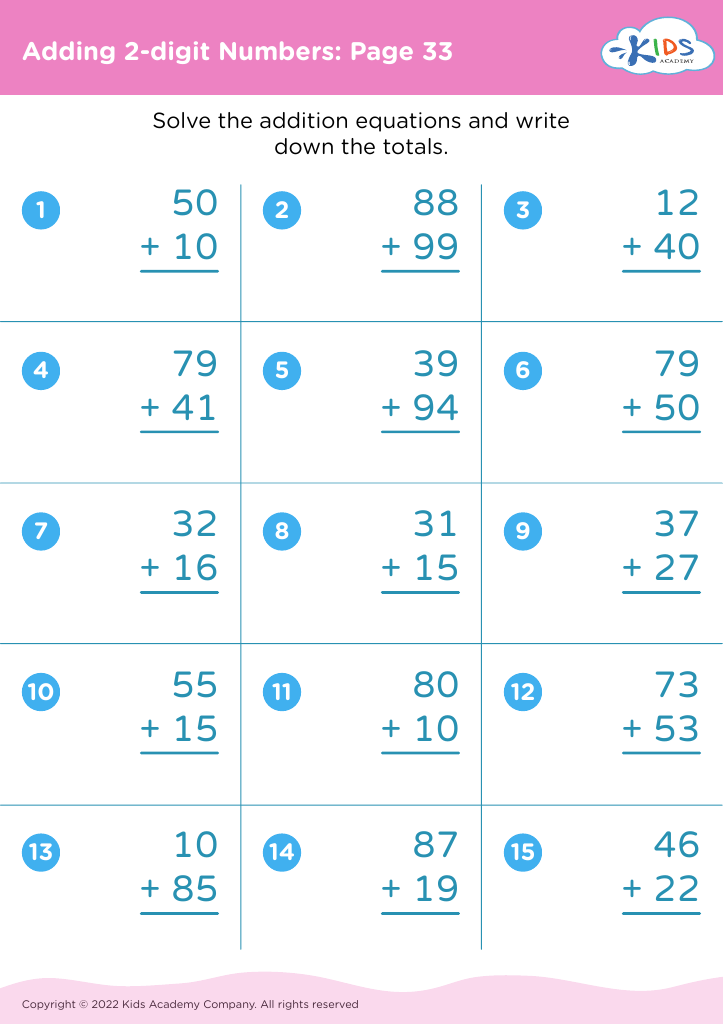




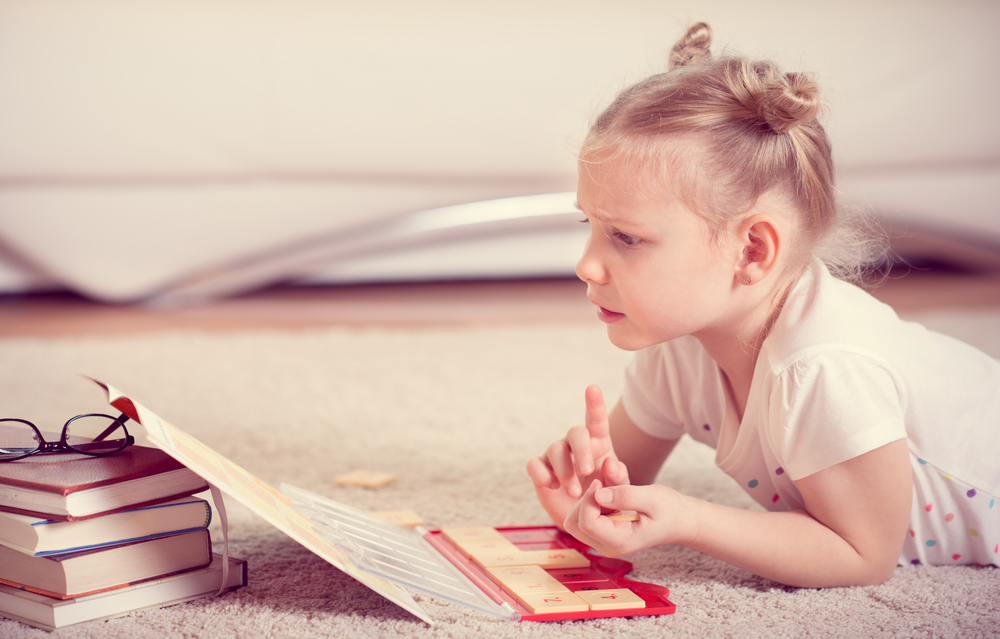

%20(1).jpg)
